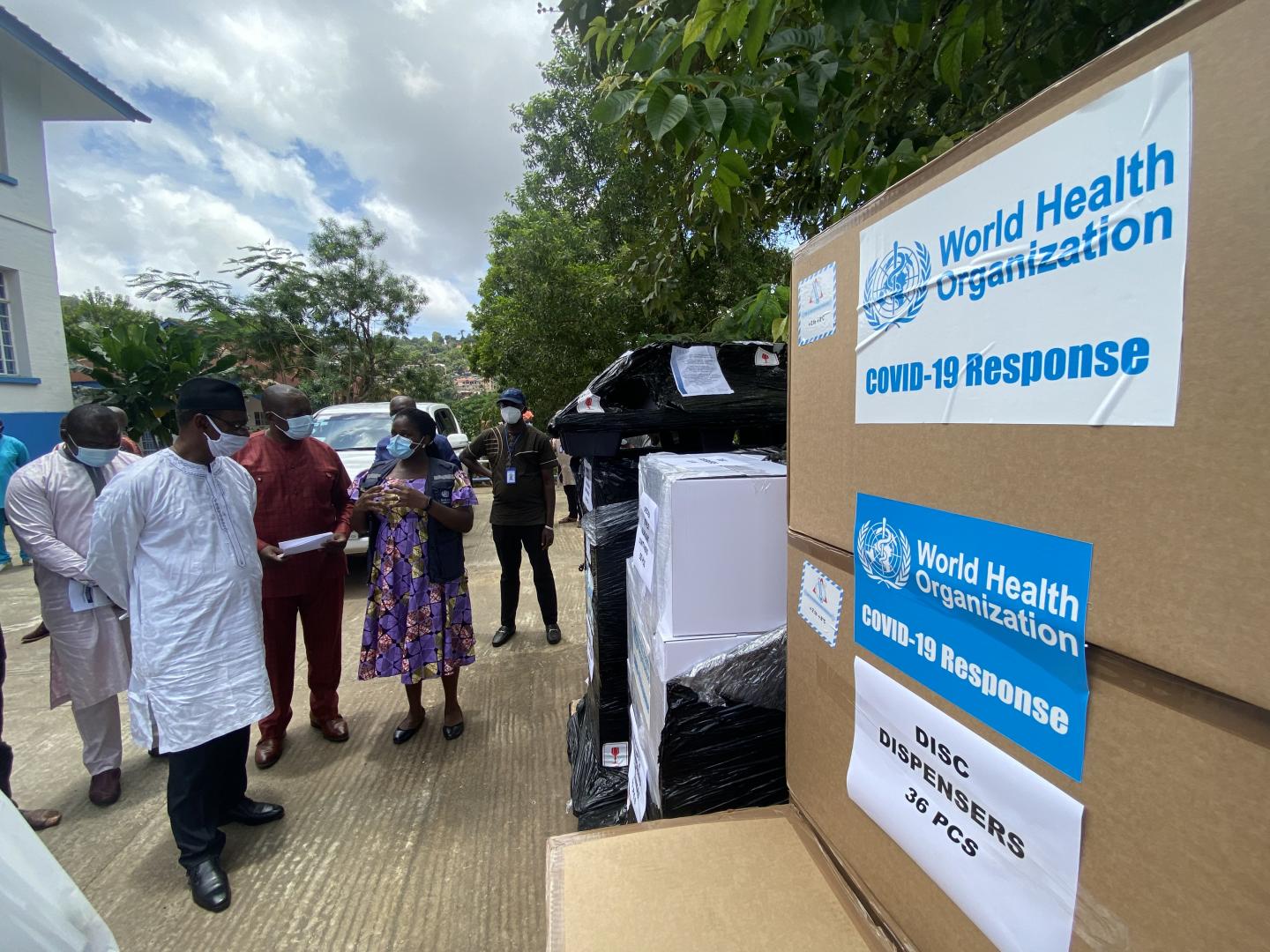Africa’s dependence on foreign-made medical supplies continues to threaten the continent’s health security, with at least 90% of essential health products still imported, according to the World Health Organisation Regional Office for Africa. This includes vaccines and medical devices and key ingredients required for drug production.
Experts estimate that the annual value of these medical imports reaches roughly 1 trillion naira.
The magnitude of this deficit came to light as the COVID-19 pandemic disrupted global supply chains. African countries scrambled for basic items such as gloves, nose masks and syringes. Prices surged; deliveries stalled and countries were vulnerable.
This heavy reliance is particularly acute in Nigeria, whose 200 million-odd population makes it the continent’s largest consumer of medical products.
Africa’s production capacity is hampered by structural weaknesses—from high energy costs and scarce raw materials to poor regulatory systems and limited technical expertise.
These challenges make local manufacturing expensive and uncompetitive, reinforcing dependence on cheaper imports.
Recent investments, however, have sparked debate about whether continents like Nigeria can build enough industrial capacity to shift from import dependence to self-reliance.
Why the dependency persists
The scope of the medical products manufacturing gap for Africa is very large.
Frequent power shortages force local pharmaceutical industries to turn to petrol-powered generators, raising operational costs.
Technical specialists are also in short supply. Compared with 5,000 and 10,500 drug manufacturers in China and India, respectively, Africa had just 375 as of 2019.
Capital is also very costly. High interest rates deter private investment, while fragmented markets across African countries make economies of scale hard to achieve. Even when manufacturers want to produce locally, they struggle to compete with low-cost Asian suppliers.
Consumer perception worsens the dynamic further. In Nigeria—and other parts of Africa—locally made products are typically perceived as shoddy, even when quality has improved.
This bias undermines demand for local products and discourages investors.
A roadmap towards self-reliance
Despite the hurdles, viable pathways exist—if African countries adopt deliberate, coordinated strategies.
The African Continental Free Trade Area, or AfCFTA, offers a transformative opportunity: each nation can specialise in different segments of the medical supply chain while trading freely across borders.
Such integration will allow manufacturers to achieve economies of scale and lower production costs.
Investing in innovation hubs, research institutions, and technology transfer is also crucial. Equally important is procurement reform: if governments commit to buying locally produced medical supplies, manufacturers would have guaranteed markets large enough to justify long-term investments.
There are already signs of progress in Nigeria. A budding ecosystem of technology and medical manufacturing is emerging in Lagos and Ogun states, where companies are investing in medical devices, diagnostic platforms and affordable health technologies tailored to African needs.
In Ogun State, for example, Emzor Pharmaceuticals is developing a $23 million Active Pharmaceutical Ingredients (API) facility in Shagamu.
According to public-health expert Ogechi Primus, strategy is the missing link. “Africa does not lack talent or market—it lacks deliberate strategy. During COVID-19, we watched African countries outbid one another for gloves and masks. That experience should have permanently reshaped our priorities.”
“The truth is that Nigeria can produce at least 40–50% of what it currently imports if the government creates the right incentives. Local manufacturers are not asking for miracles, they want steady power, good regulation, and a market that does not treat imports as superior. If we continue relying on foreign supply chains, our health system will always be fragile.”
Glimmers of hope across Africa
Across the continent, several promising initiatives demonstrate what is possible when political commitment meets industrial focus.
Kenya’s Revital Healthcare EPZ has become a continental leader in producing WHO-prequalified auto-disable syringes, supplying more than 30 countries.
Uganda’s East African Medical Vitals manufactures latex medical gloves—a significant milestone for a region heavily dependent on Asian imports.
On the regulatory front, the African Medicines Agency, or AMA, is gradually building a harmonised framework to improve quality assurance, reduce regulatory bottlenecks and support local production across the continent.
While these initiatives are expanding, they prove that Africa’s ambitions for self-sufficiency are not hypothetical.
What could hamper progress
Several challenges persist. Setting up production facilities involves heavy capital, yet funds for are difficult to access.
Policy uncertainty also erodes investor confidence. Without clear, consistent industrial policies, manufacturers face unpredictable environments that discourage long-term planning.
Unless these challenges are tackled collectively, Africa may remain just a consumption market rather than being one among credible producers.
Nigeria, with its immense market, growing technical talent and emerging industrial clusters, is uniquely positioned to lead the continent toward a more self-reliant future.
For a continent of 1.4 billion people, importing 90% of essential health products is not sustainable. Africa’s next era of health security must be built within its borders.
Summary not available at this time.






